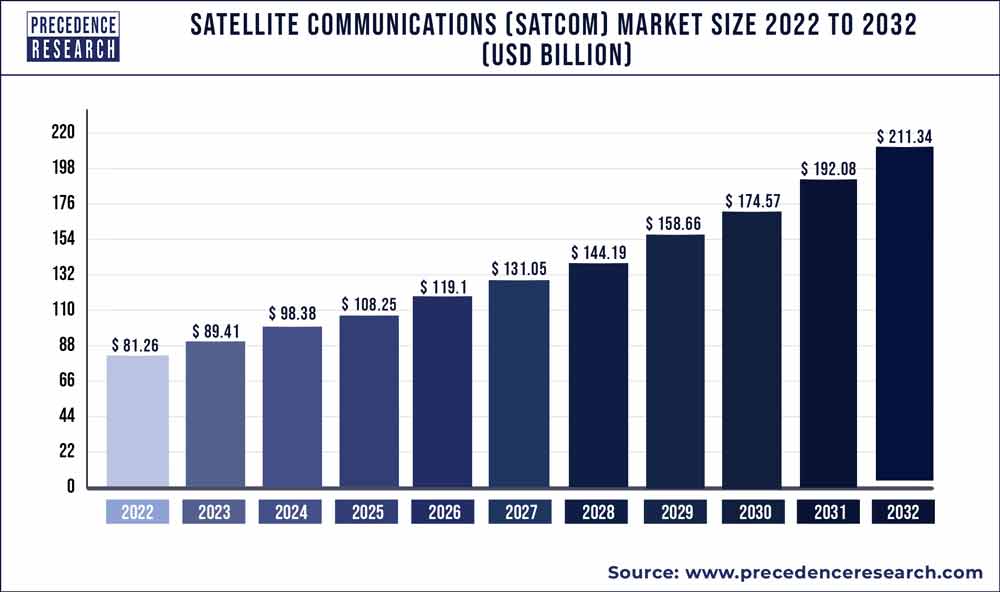2023/12/24

In recent years, breakthroughs in launch technology, especially the advancements in reusable rockets such as SpaceX Falcon 9 and the ongoing development of the Starship, have significantly improved payload capacity and lowered launch costs. This progress has garnered attention, especially with SpaceX Starlink constellation, leading the global commercial operation of low Earth orbit (LEO) broadband systems. The article emphasizes the importance of satellite communication, particularly in the context of extreme weather events and geopolitical conflicts, and highlights the role of Taiwan in contributing to this evolving space industry.
With SpaceX Starlink leading the way, boasting over two million users as of September 2023, and other major players like OneWeb, Amazon Kuiper, and Telesat Lightspeed making significant strides, the competition in the LEO satellite broadband sector is set to intensify by 2026. The article emphasizes the crucial role of satellite communication in disaster response, citing instances where Starlink played a vital role during wildfire control in Washington and volcanic eruption in Tonga.
The piece further discusses the national efforts of Taiwan in space technology development, including the successful launch of its first domestically produced weather satellite, “Hunter,” and the ambitious “National Space Technology Development Long-term Plan.” This plan involves substantial investments to develop low Earth orbit communication satellites, establish a national launch site, and nurture talent in the field.
Recognizing the global competition heating up by 2026, especially in the low Earth orbit satellite communication market, the article underscores the importance of developing key technologies domestically. Taiwan Ministry of Economic Affairs supports the localization of large phased-array antenna technology and highlights the country’s research capabilities, aiming to contribute to the international supply chain.
The article concludes by emphasizing the need for Taiwan to fill gaps in key technologies related to low Earth orbit satellite ground equipment, particularly in radio frequency (RF) and control chip areas. The Ministry of Economic Affairs aims to leverage semiconductor ecosystem in Taiwan to drive independent technology development, focusing on RF chips, beam tracking control chips, and innovative antenna module integration technology. The goal is to establish Taiwan as a key player in the space communication technology landscape, creating new opportunities for the satellite industry and positioning Taiwan as a leader in space communication technology.
The containt is referenced from:
https://money.udn.com/money/story/11162/7661438?from=ednappsharing


